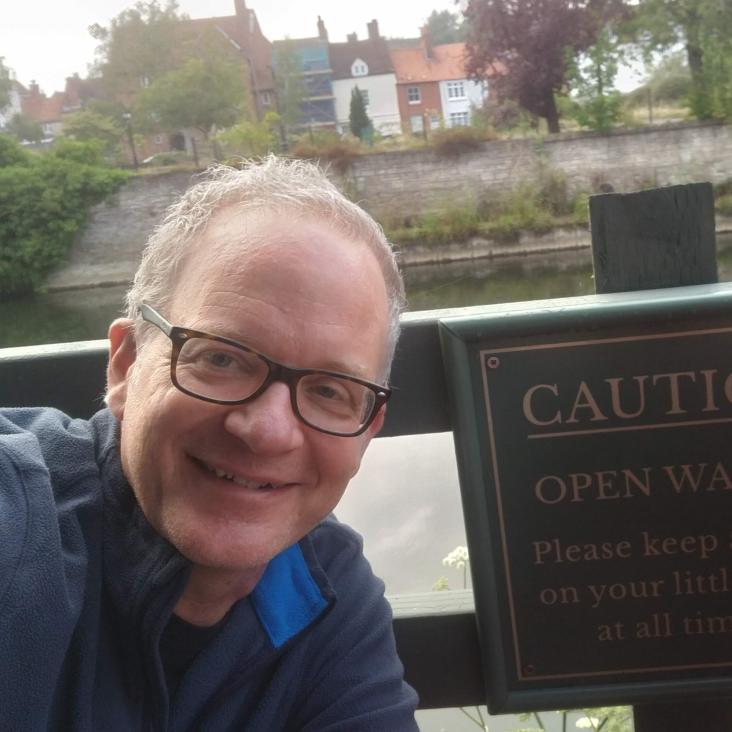Microscopic characterization of Ising conformal field theory in Rydberg chains
(2021)
Integrability and braided tensor categories
Journal of Statistical Physics Springer 182:2 (2021) 43
Abstract:
Many integrable statistical mechanical models possess a fractional-spin conserved current. Such currents have been constructed by utilising quantum-group algebras and ideas from “discrete holomorphicity”. I find them naturally and much more generally using a braided tensor category, a topological structure arising in knot invariants, anyons and conformal field theory. I derive a simple constraint on the Boltzmann weights admitting a conserved current, generalising one found using quantum-group algebras. The resulting trigonometric weights are typically those of a critical integrable lattice model, so the method here gives a linear way of “Baxterising”, i.e. building a solution of the Yang-Baxter equation out of topological data. It also illuminates why many models do not admit a solution. I discuss many examples in geometric and local models, including (perhaps) a new solution.Self-dual S3-invariant quantum chains
SciPost Physics Stichting SciPost 9:6 (2020) 88
Abstract:
We investigate the self-dual three-state quantum chain with nearest-neighbor interactions and S 3 , time-reversal, and parity symmetries. We find a rich phase diagram including gapped phases with order-disorder coexistence, integrable critical points with U(1) symmetry, and ferromagnetic and antiferromagnetic critical regions described by three-state Potts and free-boson conformal field theories respectively. We also find an unusual critical phase which appears to be described by combining two conformal field theories with distinct "Fermi velocities". The order-disorder coexistence phase has an emergent fractional supersymmetry, and we find lattice analogs of its generators.Topological Defects on the Lattice: Dualities and Degeneracies
(2020)
Large classes of quantum scarred Hamiltonians from matrix product states
Physical Review B American Physical Society 102:8 (2020) 85120


